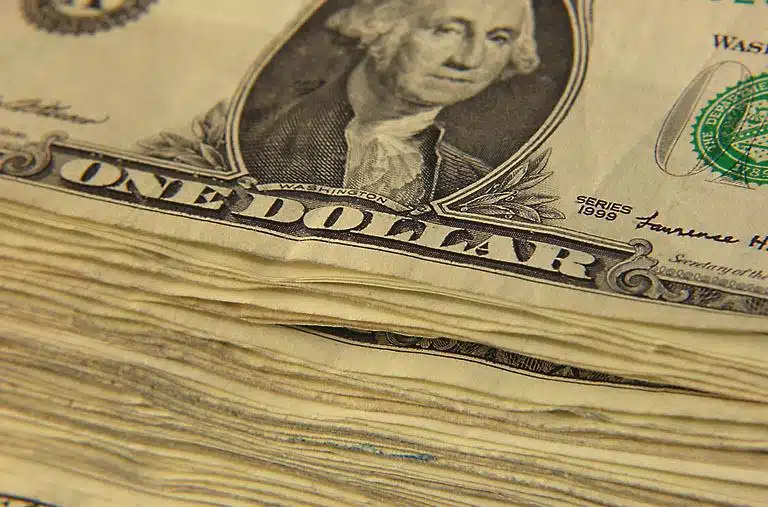
CBO’s Latest Federal Budget Outlook is, Predictably, Gloomy
If current laws governing revenues and spending remain unchanged then the federal budget deficit will increase significantly in relation to gross domestic product (GDP) over the next 30 years.
This, of course, will drive up the federal budget deficit even more.
So says an analysis that the Congressional Budget Office (CBO) published this month.
RELATED: CBO Economic Numbers for the Next Decade Are Unsettling
“Debt held by the public would soar from 99 percent of GDP in 2024 to 166 percent of GDP in 2054 — exceeding any previously recorded level and on track to increase further,” the CBO said.
Among the CBO’s findings:
• If the productivity of labor and capital in the non-farm business sector grew 0.5 percentage points per year more quickly or more slowly than CBO projects, federal debt held by the public in 2054 would be 124 percent of GDP or 211 percent of GDP, respectively.
RELATED: Earmarks Damage America for Reasons You Might Never Have Realized
• If the average interest rate on federal debt was higher or lower than the baseline projection by an amount that started at 5 basis points in 2024 and changed by that amount in each year thereafter, federal debt held by the public in 2054 would be 217 percent of GDP or 129 percent of GDP, respectively.
• If government borrowing reduced private investment by twice as much as it does in CBO’s long-term projections or had no effect on that investment, federal debt held by the public in 2054 would exceed 250 percent of GDP or would be 130 percent of GDP, respectively.
• If, between 2024 and 2054, discretionary spending and revenues equaled their 30-year historical averages measured as a percentage of GDP, federal debt held by the public in 2054 would exceed 250 percent of GDP. Under that scenario, discretionary spending is set to 7.0 percent of GDP and revenues are set to 17.2 percent of GDP in every year—1.9 percentage points more and 1.0 percentage point less, respectively, than they average in CBO’s projections.
IN THE NEWS: CIVIL ASSET FORFEITURE: U.S. Supreme Court Ruling Baffles Many
• If, between 2024 and 2054, fiscal policy was set to maintain federal debt held by the public at 99 percent of GDP (its level in fiscal year 2024), primary deficits (which exclude net outlays for interest) would average 0.4 percent of GDP over that period.
As RVIVR reported last year, members of Congress spent nearly $26.1 billion taxpayer dollars on earmarks in Fiscal Year (FY) 2023, and that was a 38.1 percent increase over what they spent in FY 2022 for the federal budget.
Special thanks to Warhammer’s Wife proofreading this story before publication to make certain there were no misspellings, grammatical errors or other embarrassing mistakes and/or typos. Follow Warhammer on Twitter @Real_Warhammer. Also follow Warhammer on TruthSocial at @Real_Warhammer



